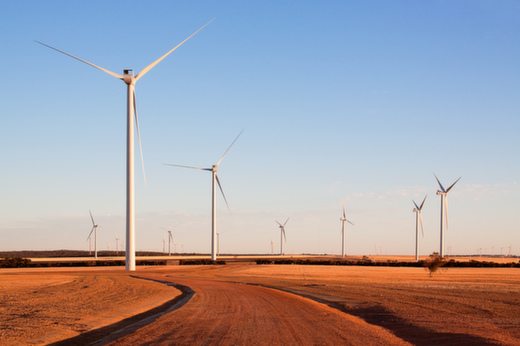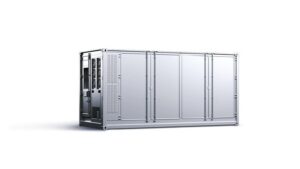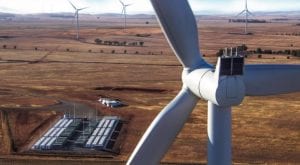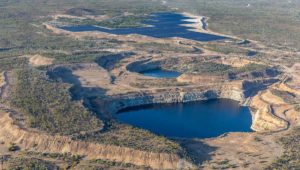The Australian Energy Market Operator has been flagging for the best part of two years that by 2025 there is likely to be enough wind and solar to power the grid entirely by renewables – at least for a half hour period.
It’s a long way from that at the moment. The highest level of renewables it has achieved is 68.7 per cent, but if all the current wind and solar projects flagged and already under construction are delivered on time, then it might well happen in the timetable flagged.
Remarkably, though, it has already nearly reached that point in Western Australia’s main grid, which is significant – and a bigger engineering challenge – because it is a gigawatt scale grid that is completely isolated, the biggest of its type in the world.
According to AEMO’s newly released Engineering Roadmap to 100 per cent Renewables, there was more than enough available wind and solar in WA’s main grid, known as the South-West Interconnected System, to match local demand on October 16 this year.
The fact that it didn’t, and wouldn’t have been allowed to in any case, points to some of the challenges in operating a grid without any “synchronous” generation, particularly an isolated one like W.A.
AEMO says a significant amount of large scale wind and solar was switched off because the spot market price at the time went negative, a common feature when wind and solar dominate the grid.
And in the SWIS, there are as yet no big batteries that can absorb excess output, and provide grid services, although the first is being built at Kwinana.
That lack of batteries, and other equipment such as synchronous condensers that can provide the essential grid services such as system strength, is another big reason why AEMO would not have allowed all the existing fossil fuel generators to be switched off.
When it does occur, you will probably see heavier curtailment of the rooftop solar PV contribution to allow AEMO to manipulate as many levers as it can get its hand on, like it did for the week that South Australia was isolated after the main link to Victoria was brought down by a storm.
AEMO, as we report in detail here, has laid out the detailed engineering challenges it needs to solve before allowing 100 per cent renewables on Australia’s main grid, known as the National Electricity Market.
What it makes clear is that it will need to see a fair bit of redundancy in the system, to make sure it can keep the lights on. That includes having a significant amount of excess wind and solar, and provisions for the grid services and the contingencies that it could conceivably need to cover.
AEMO insists that this is possible and CEO Daniel Westerman expects the grid to see “hours and days” of 100 per cent renewables before too long. It will have to, if it is to meet the average 82 per cent renewables scenario for 2030 laid out in its Integrated System Plan, and now adopted as a target by the federal government.
So, while WA’s grid has beaten the NEM to having enough wind and solar to meet all its demand, it will not switch all of its fossil fuel generators off just yet – not even for half an hour – until it has the necessary alternatives for frequency control, inertia and system strength.
AEMO’s roadmap for the NEM has now been published, and it expects to publish a special version adapted for the WA grid some time in 2023.
See our story: “Unparalleled in world:” AEMO maps route to “hours and days” of 100 pct renewables











